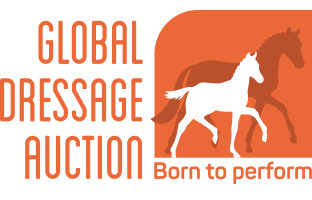Explanation
Below you will find a detailed explanation of how this formula came together. If you have any further questions about this, you can always contact Marcel Hekerman.
Average results per propagation technique
The formula works with average results. So it may be that the reality in your specific case is different from the outcome of this formula.
- Mare carries the foal herself
When the mare carries the foal herself, we have maintained a ratio of 5 breeding seasons resulting in 4 foals. - Classic embryo transfer
When we talk about classic ET, an average of 3 cycles of insemination and flushing are required for pregnancy. On average, one and a half times an embryo is transplanted for pregnancy. - Newer techniques (OPU / ICSI / ET)
In the case of ICSI, one and a half to 2 embryos are conceived per treatment. On average one and a half embryo is transplanted for pregnancy.
Average monthly costs for keeping the mare
In the formula you will be asked about the monthly costs for keeping your mare. This is of course different for everyone. Below you will find an overview of the possible costs per month with average amounts as determined by the ‘Vereniging Eigen Paard’. This can help you make a realistic estimate.
- Livery: € 292, –
- Food: € 176, –
- Deworming: € 13,-
- Vaccinations: € 4,-
- Hoof care: € 38 –
- Dental care: € 7,-
- Unforeseen costs: € 42, –
- Total: € 560,-
Number of months in relation to reproductive technique
- When mare carries herself: 14.5 months per foal for the broodmare
- Classic ET: 14 months for the surrogate mare + 6 months for the donor mare
- Newer techniques: 14 months for the surrogate mare + 1.5 months for the donor mare
Insurances
Foal
If you insure the foal, this must also be included in the formula. The formula is based on a foal insurance from 45 days gestation until the foal is 5 months old. That is when most foals are sold. The premium used is 12% and is calculated on all costs made.
Donor mare
Also if you insure the donor mare, this should be included in the calculation. The formula assumes an insurance period of 5 months. The premium applied is 5% over half of the mare’s purchase value. This is more realistic than using the original purchase price as the mare decreases in value with age.

